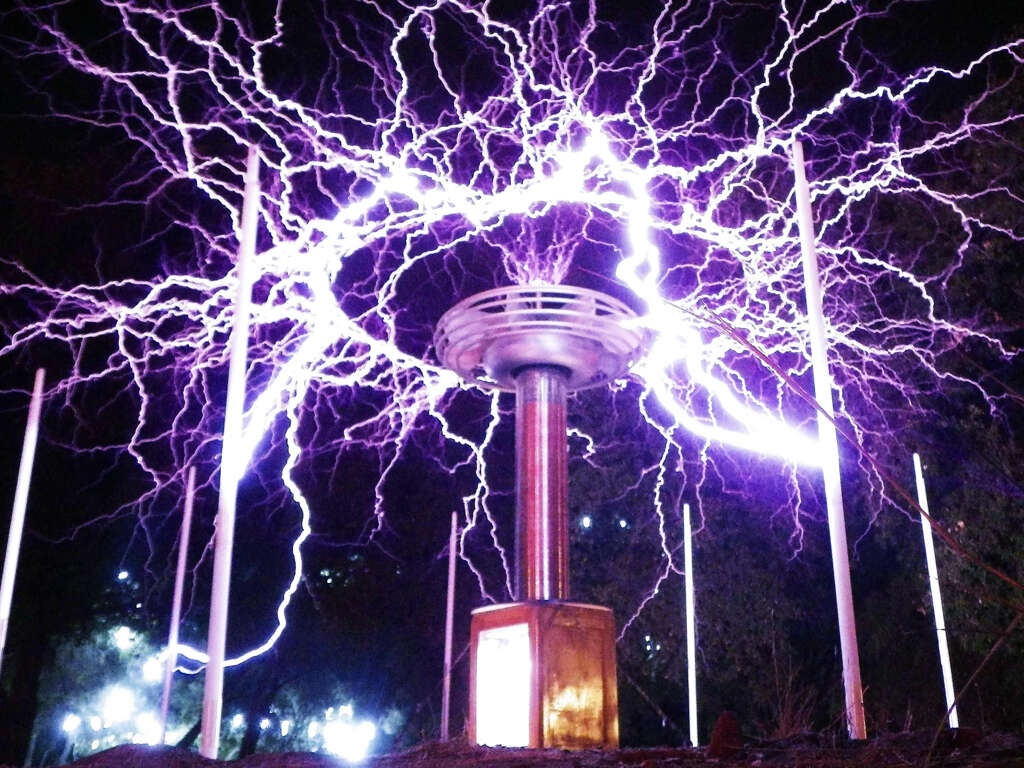What Is an Ionic Bond?
8. Ionic Bonds Tend to Be Solids
Examples of chemicals made through covalent bonds include methane, carbon monoxide, and water. Covalent bonds will generally form gases and liquids because the nature of the bond forms complete molecules. In ionic bonding, however, molecules continue to attract other nearby molecules, forming the lattice structure that means ionic compounds are generally solids.
Advertisement
There are some examples of liquid ionic compounds and these are generally known as liquid electrolytes, liquid sales, ionic glasses, and/or ionic melts. These generally refer to ions that are liquid at temperatures below the boiling point of water (100 C). Ionic liquids can also become solids when they are cooled sufficiently.
Advertisement

Advertisement





